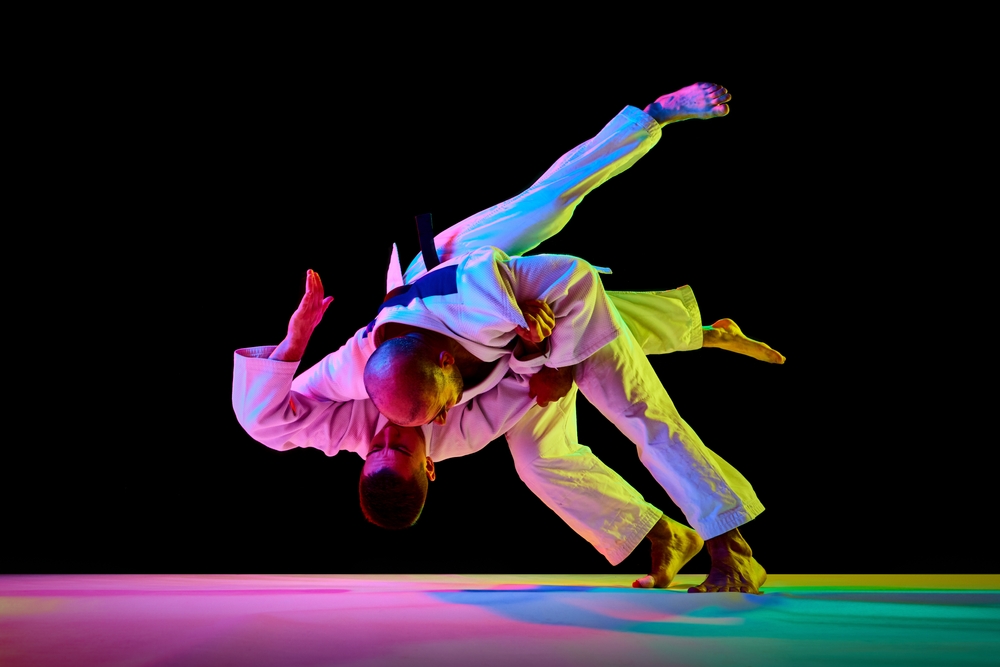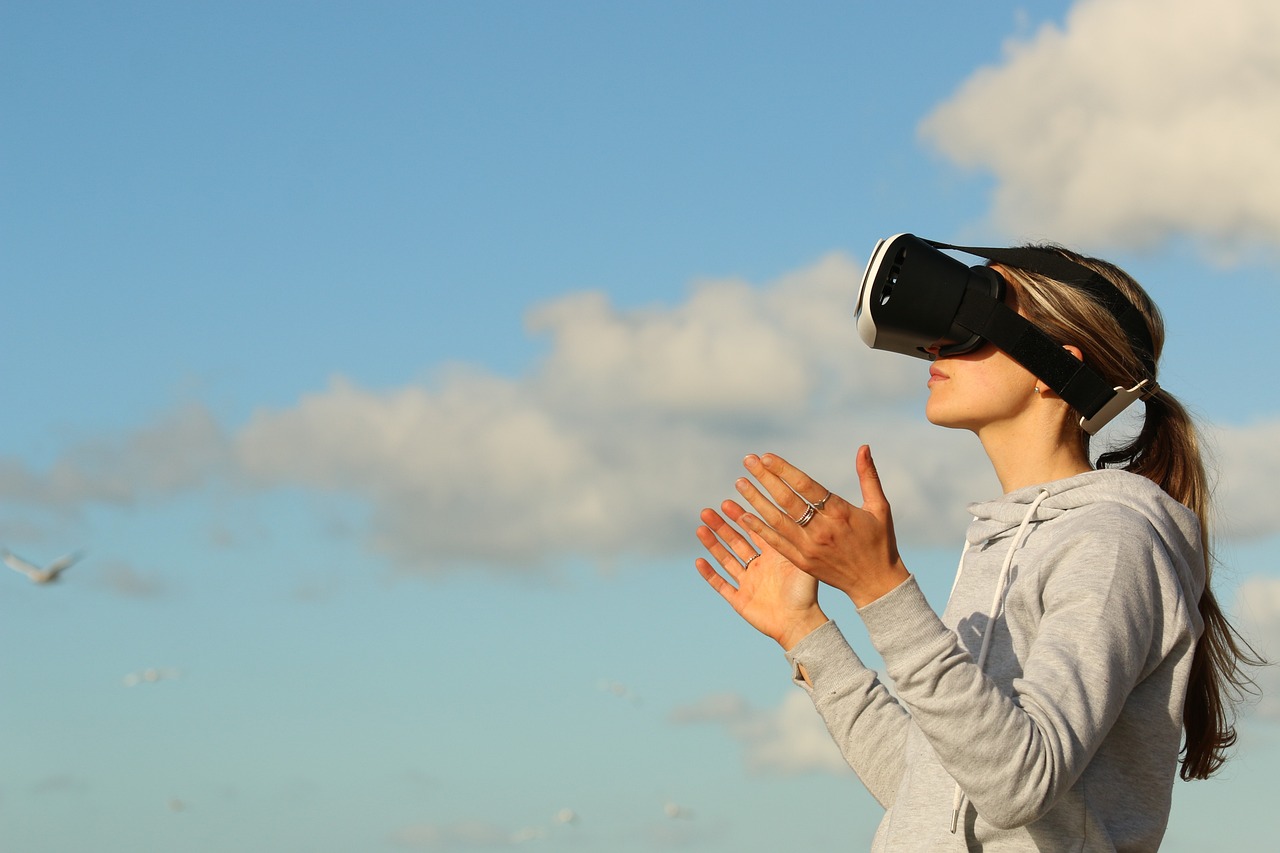Shaping the New Era: The Influence of Virtual Reality on Contemporary Art
Introduction Discover the mesmerizing world of virtual reality (VR) and its captivating role in modern art. Uncover how this cutting-edge technology redefines artistic expression, pushing the boundaries of what is possible in the realm of creativity.
The Dawn of Virtual Reality in Art
Virtual reality, once considered a distant dream confined to science fiction, has evolved into a practical tool adopted by various industries. The art world, known for its continuous exploration of new mediums, was quick to embrace VR’s potential, forging a new era of immersive artistic experience. The first significant wave of VR art emerged in the late 20th century, as artists experimented with the illusion of three-dimensional space. This period was marked by limited accessibility due to high costs and rudimentary technology; however, it laid the foundation for future developments.
The Present Scenario: VR Art in Today’s World
Modern VR technology allows artists to create immersive, multi-sensory experiences that defy traditional artistic limitations. Renowned artists like Marina Abramović and Anish Kapoor have embraced VR, creating pieces that transport viewers into otherworldly realms. Major art institutions, including Tate Modern and The Museum of Modern Art, have also hosted VR exhibitions, reflecting the medium’s growing prominence. This new wave of VR art is not merely a trend, but a profound shift in how art is produced, exhibited, and experienced.
The Impact and Significance of VR Art
The impact of VR on the art world extends beyond a novel exhibition format. It challenges the traditional artist-viewer relationship, giving audiences an active role within the artwork. The immersive nature of VR art fosters a deep, personal engagement with the piece, as viewers navigate virtual landscapes and interact with digital elements. These experiences, often emotionally profound and thought-provoking, redefine the way art is perceived and appreciated.
The Reception of VR Art
Critical reception of VR art has been largely positive, with critics praising its ability to push artistic boundaries and offer unique, immersive experiences. However, debates around accessibility persist, as VR technology remains costly and may exclude certain audiences. Nevertheless, as technology advances and becomes more affordable, VR art’s potential to democratize the art world increases, opening new avenues for artistic expression to a wider audience.
Looking Ahead: The Future of VR Art
As we look to the future, the possibilities for VR art are boundless. With advancements in VR technology, artists will be able to create increasingly complex and immersive experiences. Furthermore, the ongoing global pandemic has expedited the shift towards digital art forms, highlighting the potential for VR art to thrive in a post-pandemic world. As the lines between the real and virtual continue to blur, VR art stands poised to shape the future of artistic expression.
In conclusion, VR art represents a significant shift in the artistic landscape, offering new dimensions of creativity and viewer engagement. As we move forward, it will continue to challenge and expand our understanding of what art can be, shaping the future of artistic expression in the digital age.





